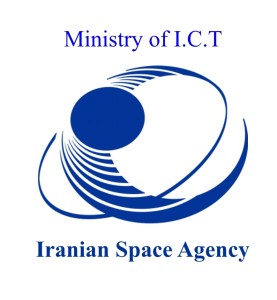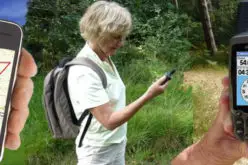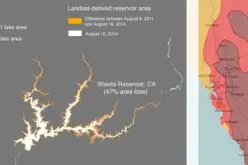 According to recent news by MNA – ISA deputy director has announced Iran’s ultimate goal as building indigenous satellites parallel to foreign models and to place them into geosynchronous equatorial orbit (GEO) in ten years.
According to recent news by MNA – ISA deputy director has announced Iran’s ultimate goal as building indigenous satellites parallel to foreign models and to place them into geosynchronous equatorial orbit (GEO) in ten years.
Mohammad Homayoun Sadr, Deputy Director of the Iranian Space Agency (ISA), who was speaking to the press on Monday, said that satellites had been currently built and launched by Iran as mere experimentations in space technology and as nascent Iranian venture into the space.
“We seek to launch to home-made geosynchronous satellites into the orbit by the year 2025,” he underlined.
“A 10-year plan has been put on the agenda for the construction of two remote sensing and telecommunications satellites; the remote sensing device aims to localize a satellite capable of producing professional high precision images, while the telecommunication satellite seeks to be a world-class satellite, an objective which will be hopefully achieved by the year 2025.”
Sadr proposed the possibility to test-launch prototype satellites before ultimate the ultimate products; “a remote sensing satellite will be launched into space in the current year while one or two more satellites will be launched in the coming year (March 21 2017) which will help us to maintain and improve the achieved status by keeping a satellite in the orbit for more than a few months,” he asserted.
“As the next step, we need to put satellites into higher altitudes in order to capture more precise imaging,” stressed the official.











